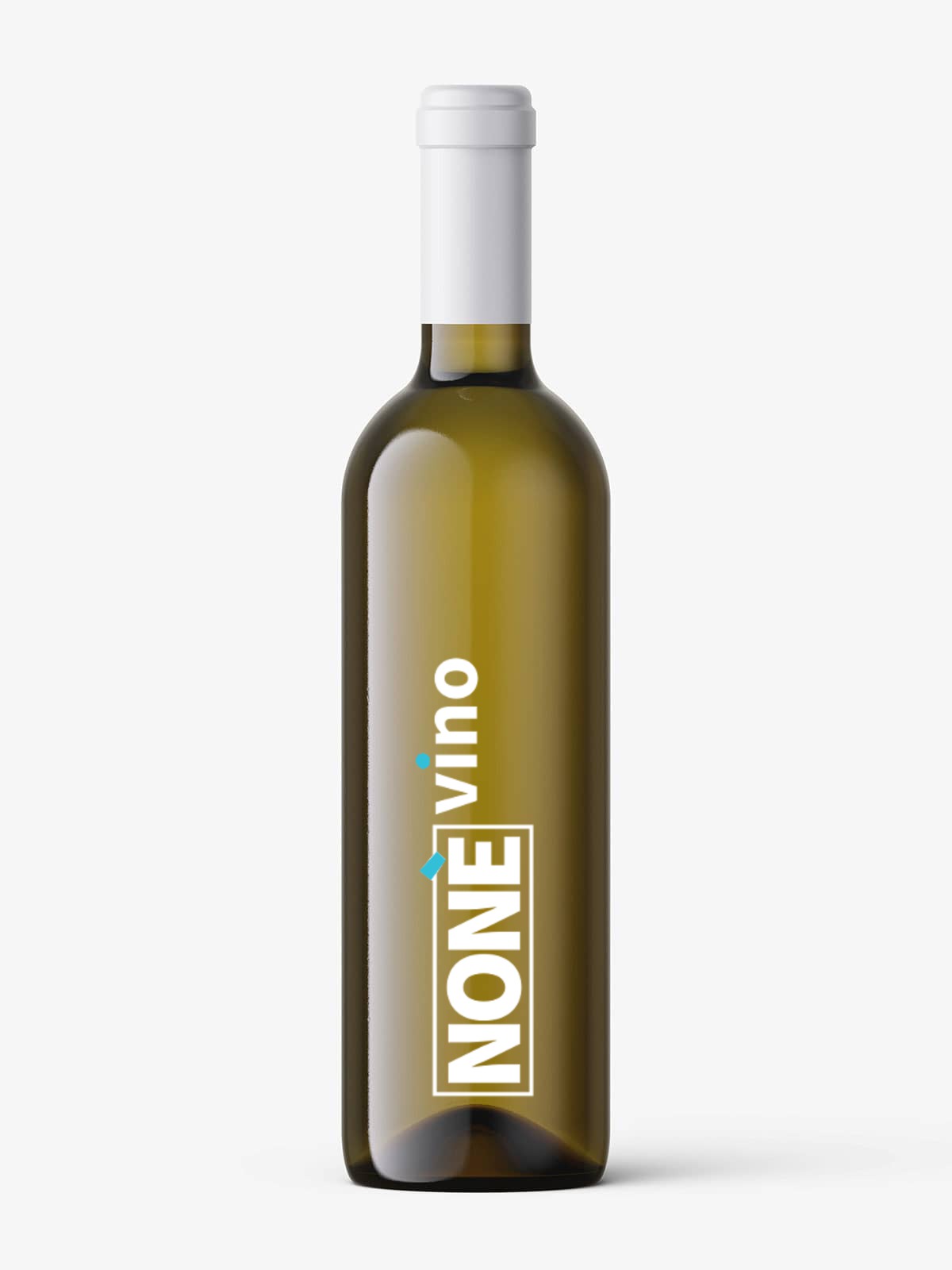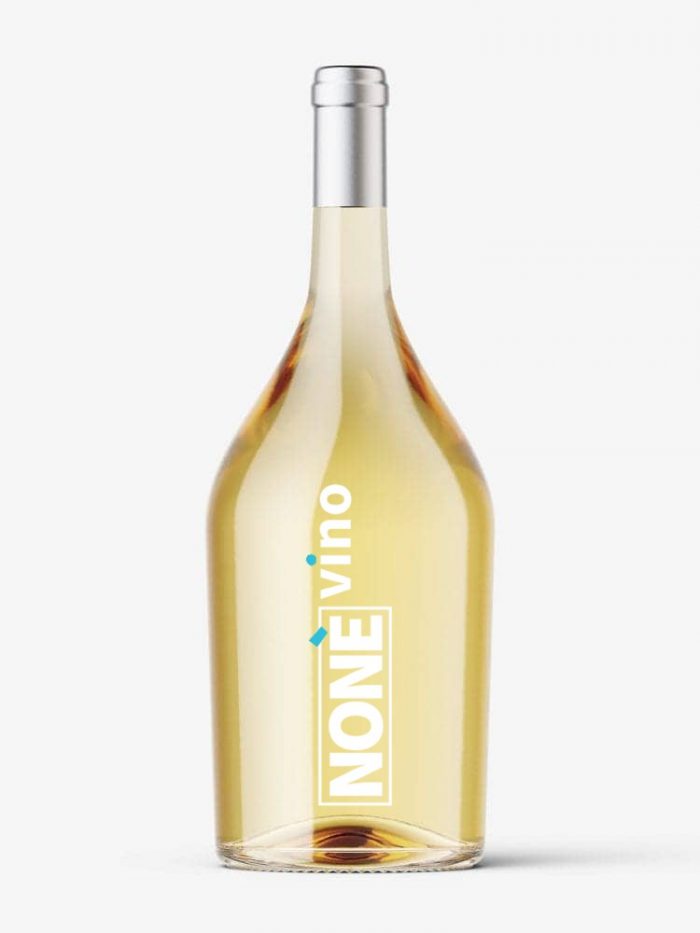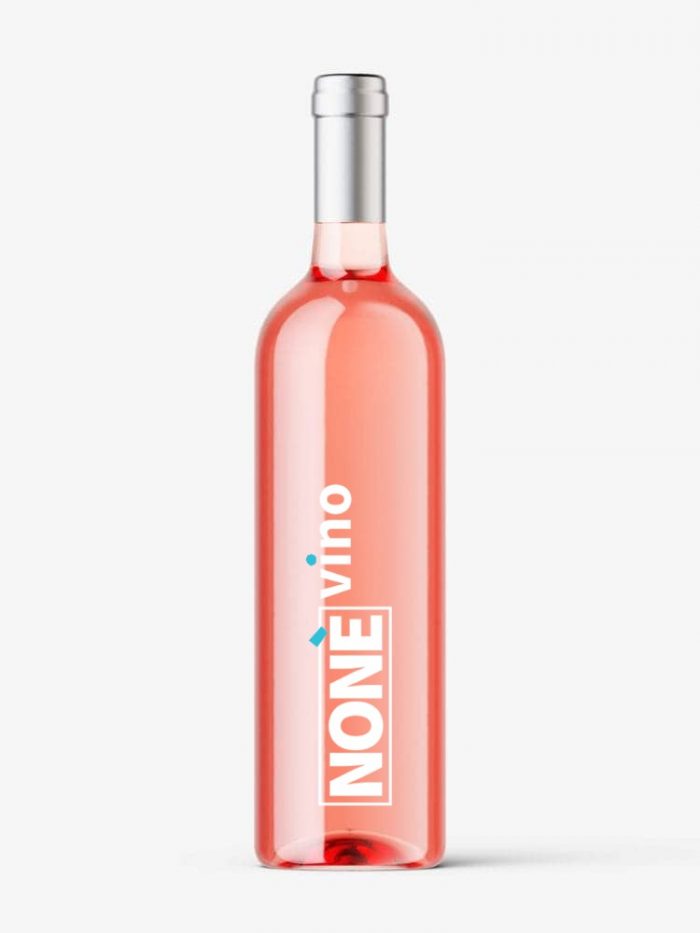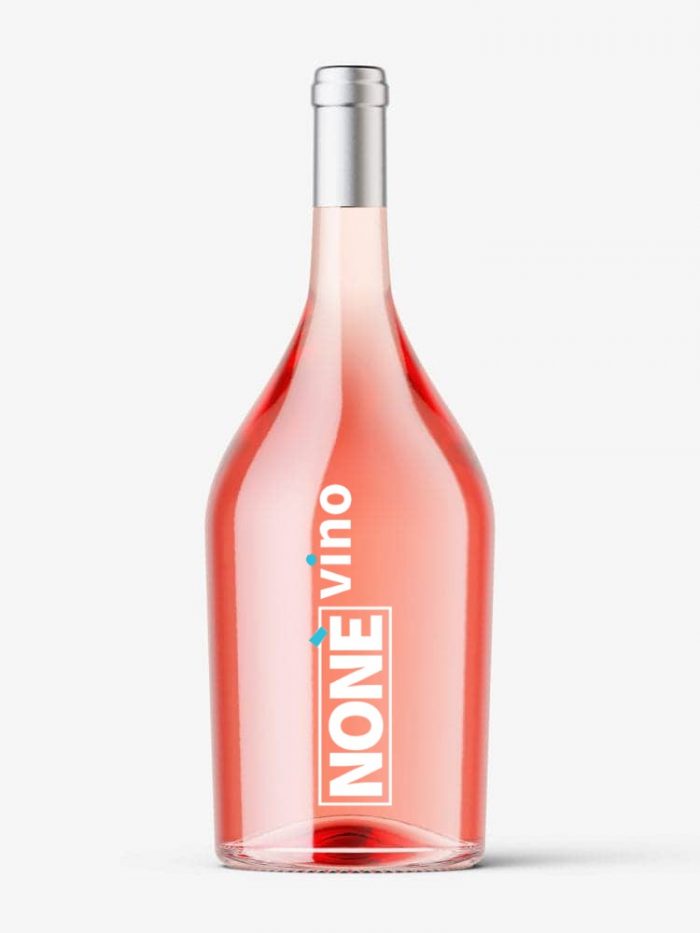The geographical area dedicated to the production of DOC Garda wine extends over the stretch of territory that includes Lake Garda and the surrounding hills that are part of the Po Valley, whose wine area straddles the regions of Lombardy and Veneto.
The Garda DOC Wine Production Area is located in:
– province of Verona and includes the territory of the municipalities of Bardolino, Castelnuovo del Garda, Cazzano di Tramigna, Garda, lllasi, Lazise, Mezzane, Montecchia di Crosara, Roncà, Sant’Ambrogio Valpoticella, S. Giovanni Ilarione, San Pietro in Cariano, Tregnago , and partly the territory of the municipalities of: Affi, Badia, Calavena, Brentino Belluno, Bussolengo, Caldiero, Caprino Veronese, Cerro, Cavaion, Colognola ai Colli, Costermano, Dolcè, Fumane, Grezzana, Lavagno, Marano, Monteforte d’Alpone , Negrar, Pastrengo, Pescantina, Peschiera, Rivoli, San Bonifacio, San Martino BA, San Mauro di Saline, Soave, Sommacampagna, Sona, Torri dei Benaco, Valeggio sul Mincio, Verona, Vestenanuova and Villafranca.
– province of Mantua and includes the territory of the municipalities of Monzambano, Ponti sul Mincio and, in part, the territory of the municipalities of Castiglione delle Stiviere, Cavriana, Solferino and Volta Mantovana.
– province of Brescia and includes the territory of the municipalities of Limone sul Garda, Tremosine, Tignale, Gargnano, Vobarno, Toscolano Maderno, Gardone Riviera, Salò, Roè Volciano, Villanuova sul Clisi, Gavardo, S. Felice del Benaco, Puegnago, Muscoline, Manerba del Garda, Polpenazze, Moniga del Garda, Soiano del lago, Calvagese della Riviera, Padenghe sul Garda, Bedizzole, Lonato, Desenzano del Garda, Pozzolengo and Sirmione.
During the vinification phases, only loyal and constant oenological practices of the area are allowed, suitable to give the wines their particular quality characteristics.
The oenological winemaking practices of DOC Garda wine include, among other things, that:
– The types of DOC Garda wine, sparkling and sparkling types, must be elaborated exclusively by implementing the process of natural fermentation.
– The maximum yield of grapes in DOC Garda wine must not be higher:
a) 75% for the Garganega and Bianco types;
b) 70% for the Pinot Bianco, Pinot Grigio, Chardonnay, Sauvignon, Cortese, Riesling, Cabernet, Cabernet Sauvignon, Merlot, Marzemino, Pinot Nero, Corvina, Rosso and Rosato / Rosé types;
c) 50% for the Bianco Passito and Rosso Passito types.
– If the yields indicated in points a) and B) are exceeded, remaining within the limit of 80%, the excess will not be entitled to the DOC. Beyond this limit, including that referred to in point c), the right to DOC for all types of product lapses.
– In the designation of DOC Garda wines, the term “Vigna” may be mentioned as long as it is followed by the relative toponym and certain winemaking practices are respected.
– On the labels of each type of DOC Garda wine, with the exception of the sparkling and sparkling types, it is mandatory to report the year of production of the grapes.
– On the labels of each type of DOC Garda Spumante wine, the use of the term “Millesimato” must necessarily be accompanied by the year of production of the grapes.
In Roman times the lake was known as Benaco, while today it is better known as Lake Garda, a toponym attested since the Middle Ages and of Germanic origin, deriving from that of the homonymous town on the Veronese shore of the lake, which, together with a another famous location on the lake, Gardone Riviera, and others less known, such as Gàrdola, Gardoncino, Gardoni, Guàrdola and Le Garde, testify to the Germanic presence that goes from the 6th to the 8th century, in particular the Lombard one.
The toponym Garda, with which the lake is already called in some documents of the eighth century, is the evolution of the Germanic word warda, or “guard place” or “observation place”. The classic toponym of the lake, or Benācus lacus (Benaco), is almost certainly of Celtic origin, therefore preceding the Roman dominion, and should derive from bennacus, comparable with the Irish bennach, and would mean “horned”, or from the many promontories. The translation “horned” is also interpreted in reference to the peninsula of Sirmione.
We do not know who introduced the vine in this environment or when, but some testimonies report that already in the first century Garda wine was well known and could easily be found in the banquets of the ancient Romans with the name of Rhaetian Wine. Rhaetian was one of the favorite wines of Emperor Augustus, at least according to what Suetonius tells us, and Pliny also praises the vines and Rhaetian grapes, stating that it was quite in vogue in Rome.
The integration between Romans and Cenomani, who controlled the Garda area, probably began in 225 BC, when there was an alliance treaty between Cenomani, Veneti and Romans, even if the actual Romanization of the territory took place between II and I century BC,
so much so that in 89 BC the rights of the Latin cities were already granted by the will of the Roman consul Gneo Pompeo Strabone and about forty years later Roman citizenship was granted in Brescia (which included the western and northern banks of the Benaco) and in Verona (which included the eastern shore instead).
A strategic century was the first century A.D. as roads of considerable importance were built, such as via Gallica, which connected Verona with Milan passing through Peschiera (the ancient Arilica), and via Claudia Augusta, which connected the plain with the Resia pass and therefore the more northern territories , in addition to some less important roads that connected the Adige valley with the Garda, the via Benacensis (near Torri del Benaco) and the Campiona. Two pagi were also established, that is to say rural territorial districts: that of the Benacenses on Brescia and the pagus of Claudienses on Veronese.
In 268 the battle of Lake Benaco was fought between the army of the Roman Empire, commanded by the future emperor Claudius the Gothic, and the German federation of the Alemanni. The crushing victory obtained by the Romans allowed the final expulsion of the Alemanni from northern Italy, due to the very serious losses they suffered during the battle.
After the collapse of the Roman Empire the Garda region witnessed the passage of numerous barbarian populations, but the first Germanic population that settled there, after a long migration, was that of the Lombards. Their testimonies are mostly present along the southern and eastern shores, preferred to other areas due to their strategic importance: from here it was possible to control both the waterways of Garda and Mincio, and the Adige valley. .
During the Longobard hegemony there was a first reorganization, as well as the definitive Christianization of the area, begun in previous centuries by San Vigilio and San Zeno.
The lake remained on the border between three powerful Lombard duchies, those of Verona, Trento and Brescia, and was the center of an important communications network, both commercial and military.
Therefore, since prehistoric times, the Garda area has known the presence of man and wine. On the morainic hills of Lake Garda, the oldest plow built by man was found who, five thousand years before Christ, knew the wild vine and probably also wine. However, it will be the Etruscans, in the 5th century BC. to introduce the cultivation of “domesticated” vines in Brescia, supplanting the wild one.
The Garda DOC wine obtained the recognition of the Controlled Designation of Origin on 8 October 1996.








